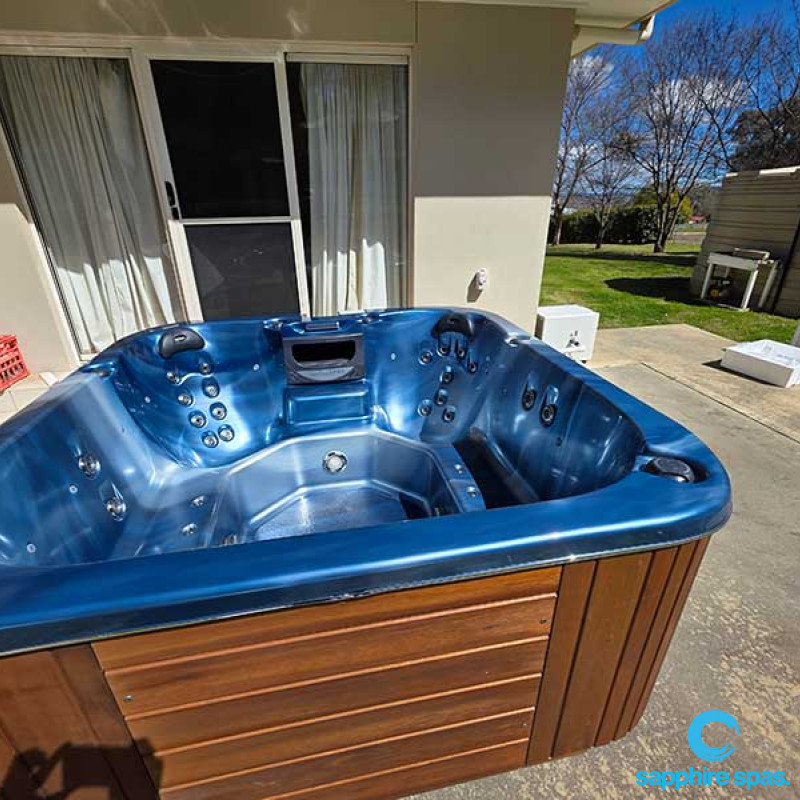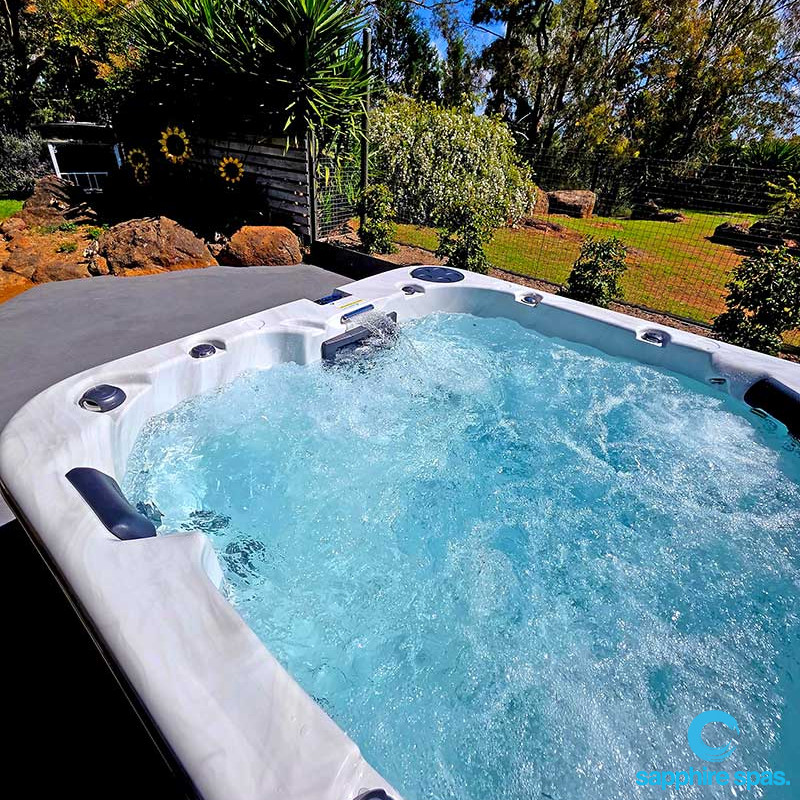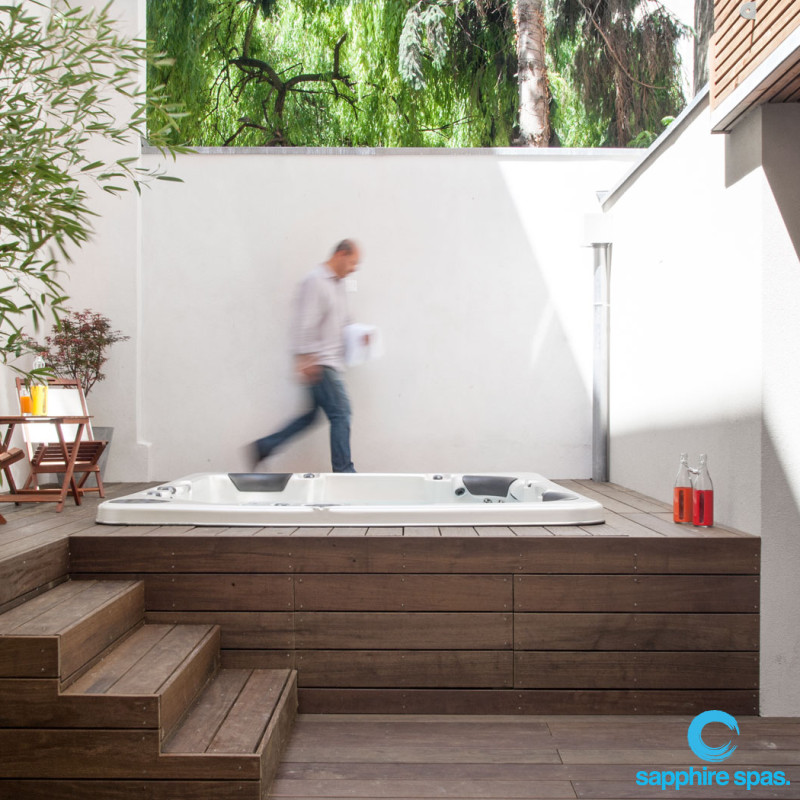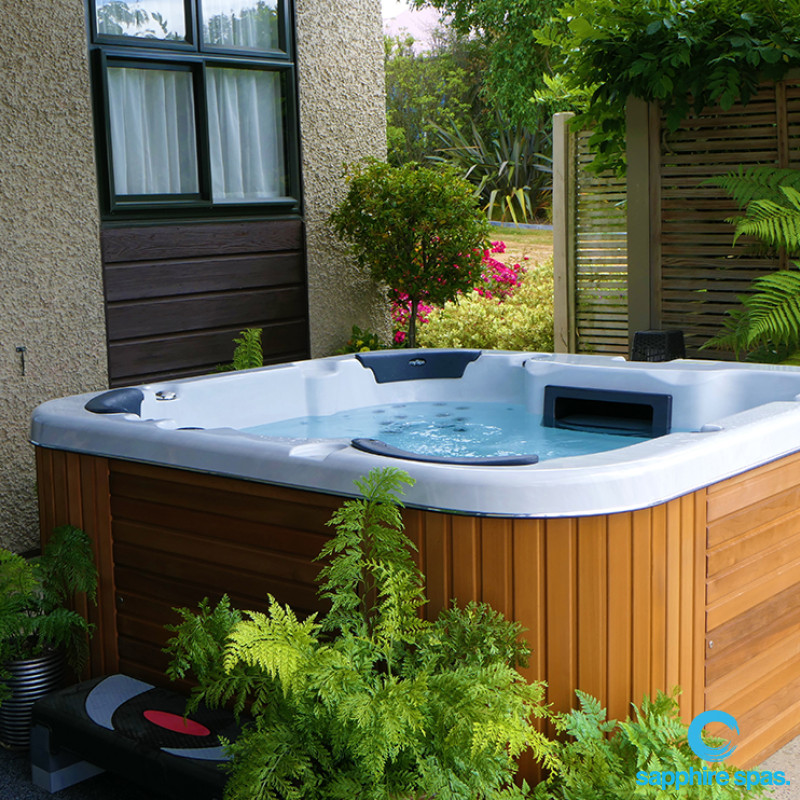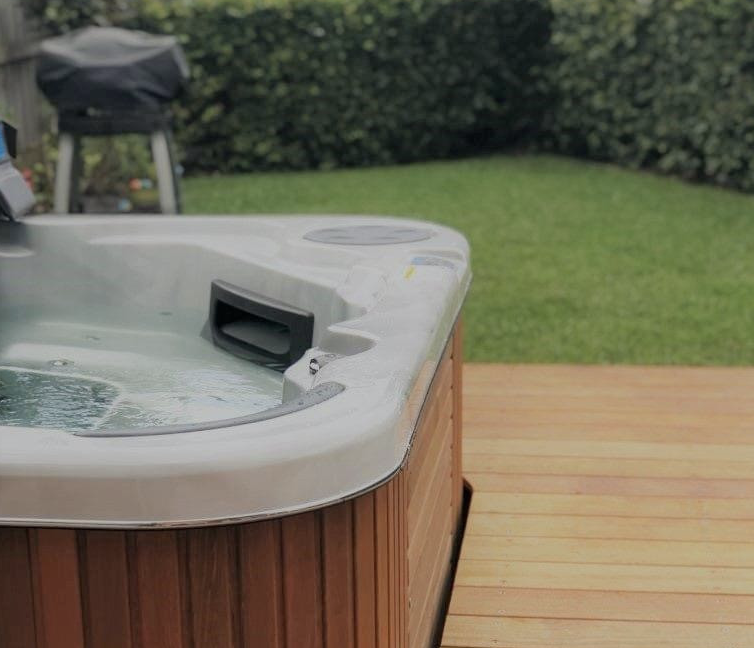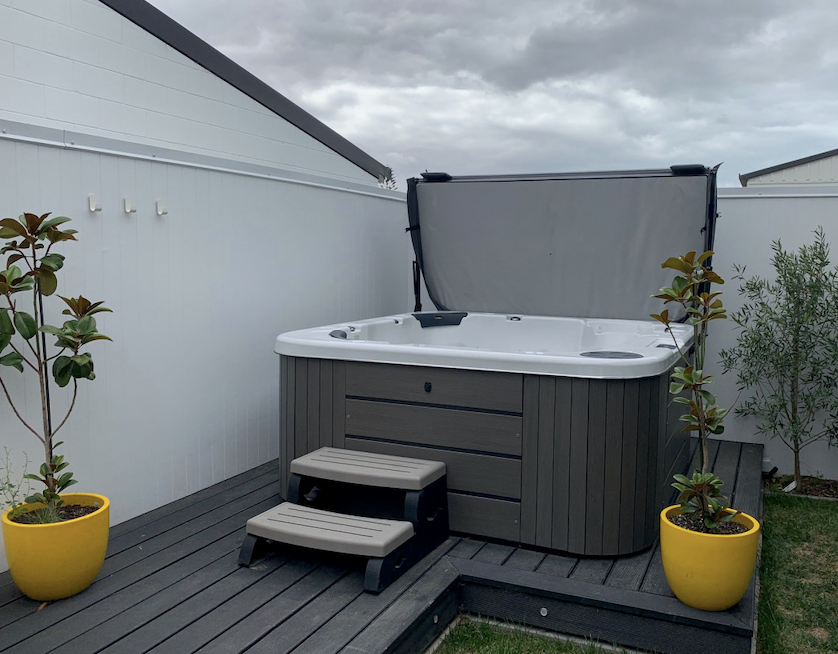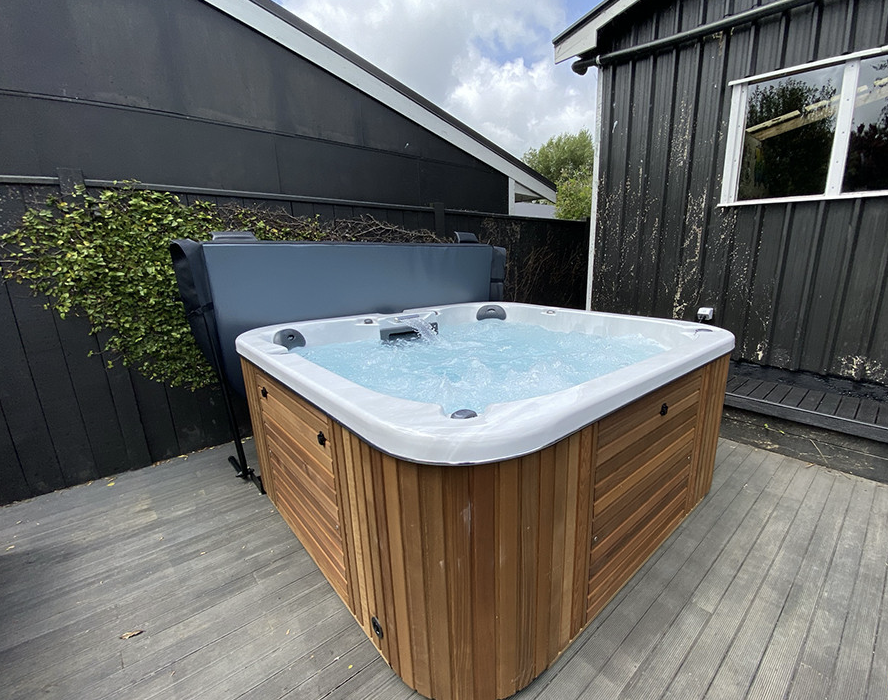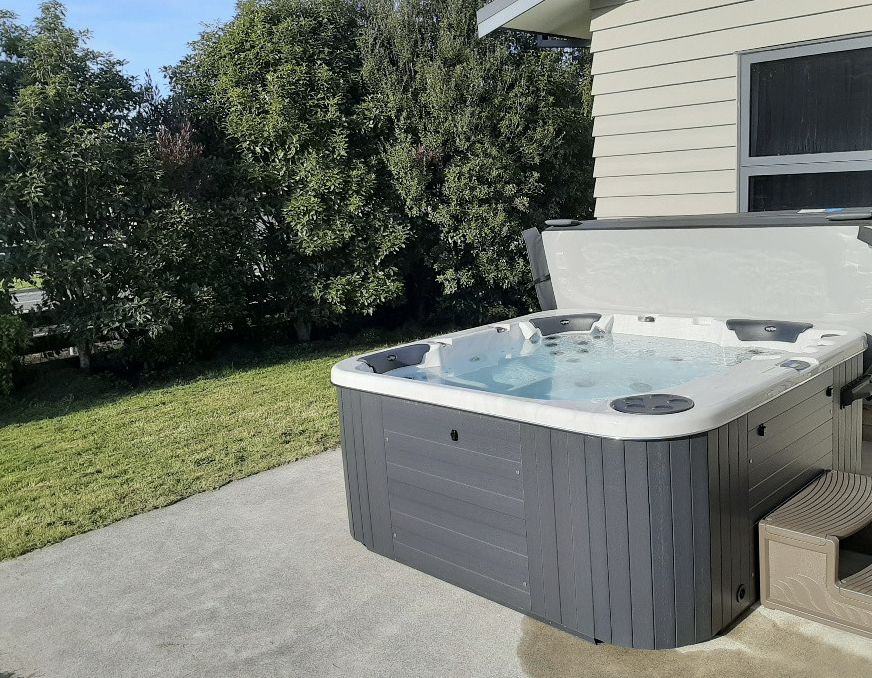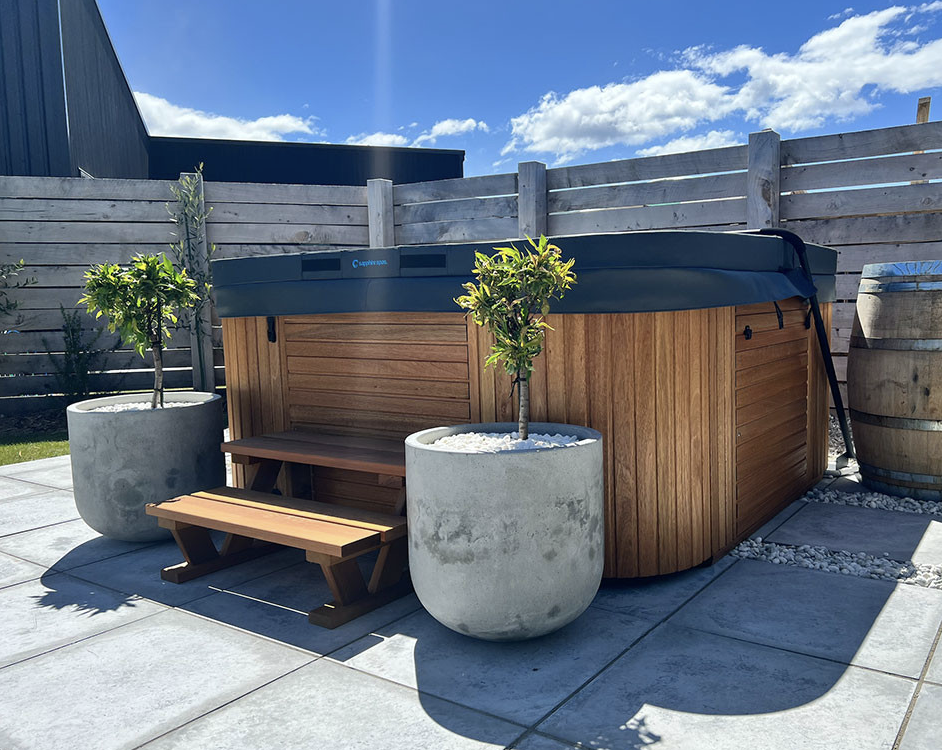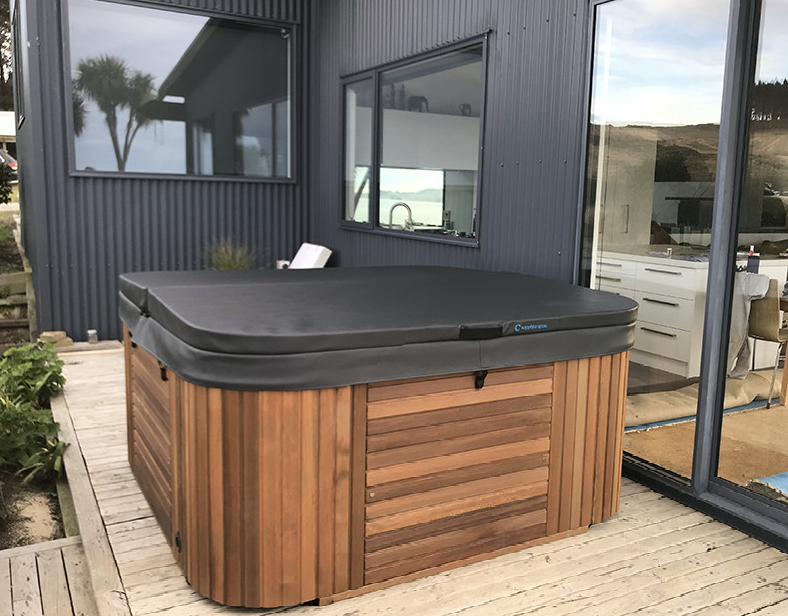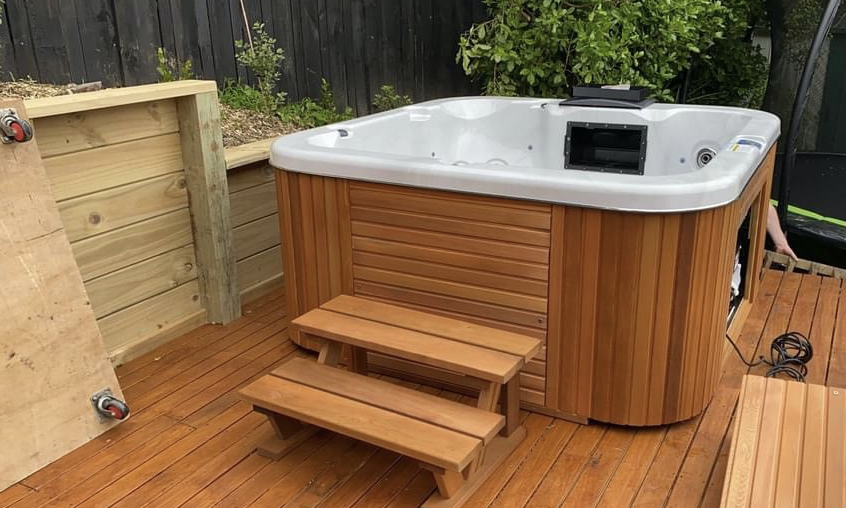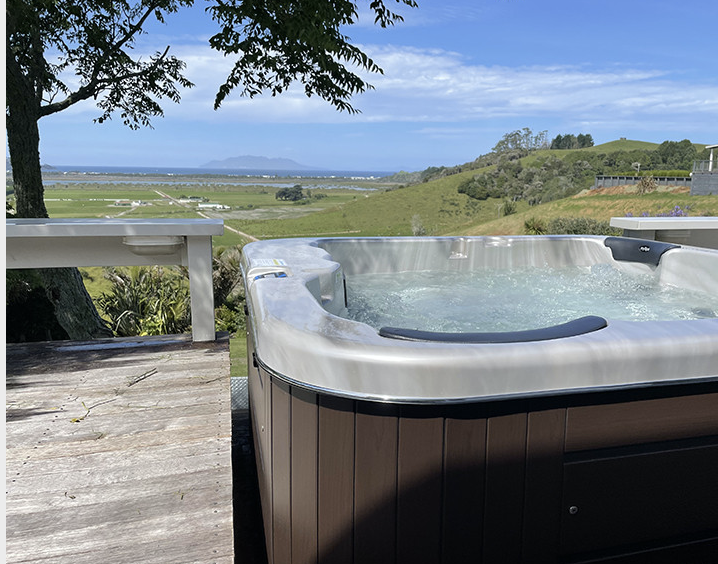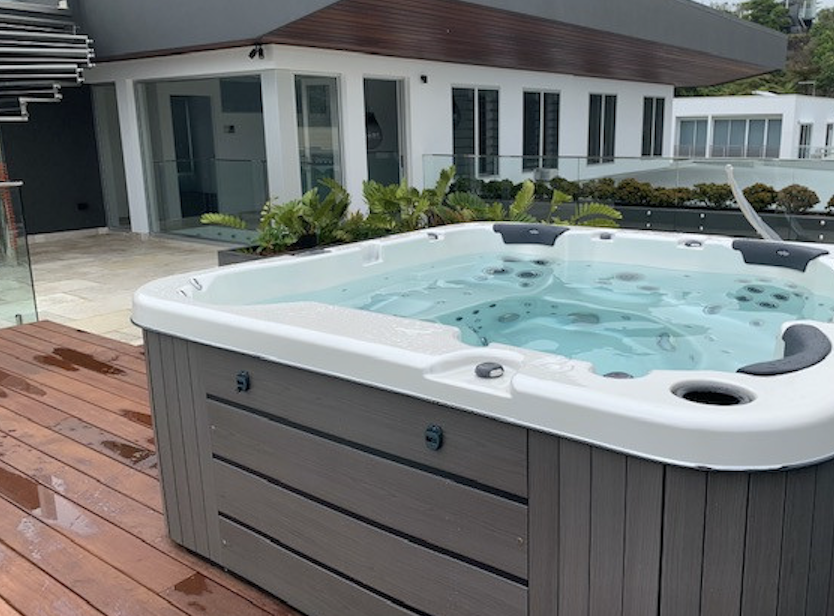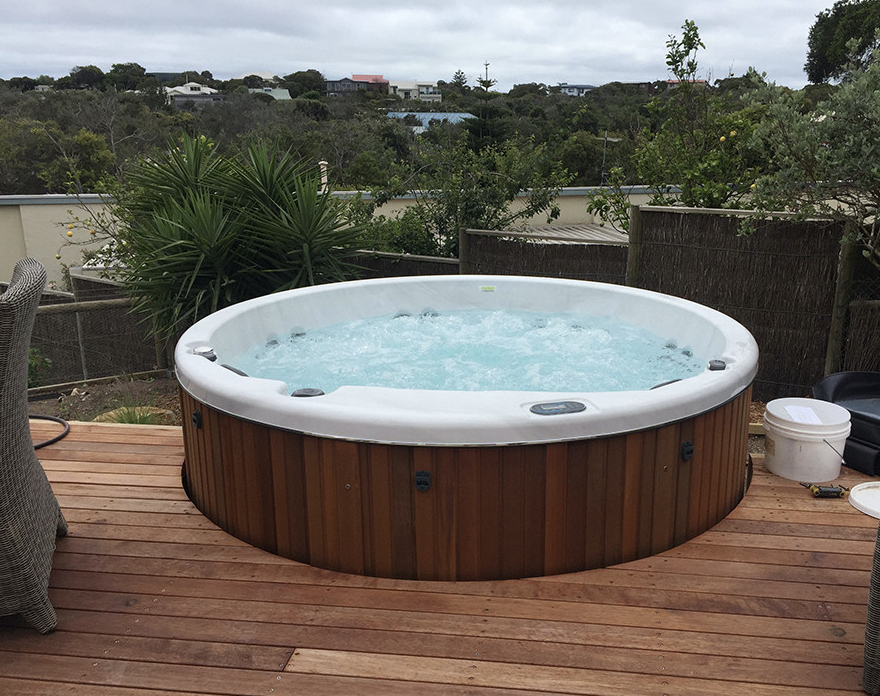How to Choose the Best Decking Material for Your Home

There’s something special about sitting on a deck, surrounded by friends and family with a cold one in hand, it’s as Australian as vegemite, except unlike vegemite it’s universally liked. Accustomed to long warm winters and bright sunny days, it’s no wonder that Australians love to live life outside. Besides, who wants to cook inside in summer? That’s what the BBQ is for.
With Australia in a continuing housing boom, there are plenty of new homes on the market, unfortunately, a lot of houses don’t have decks and even those that do often have very small ones. But if you are in the market for a new deck, the question on your mind is probably “What should I build my deck from?”, well, we’re here to help.
What Types of Decking Materials are Available?
Once upon a time, there were two options when it came to outdoor living. Timber and concrete, concrete decks, often called patios are usually built at the ground level, this is because they’re basically just concrete slabs. Wood decks were popular for raised homes as it is easy to build a wooden deck on stumps to either match the height of a raised home or to build a deck across uneven ground or out overlooking a spectacular view.
However, there are now many more options for decking material than there used to be and with these options, more possibilities are given and more questions arise. While composite and PCV decking has been around for a few decades, their reputations are not stellar. Older types of alternative decking were less than a match for wood and concrete, but in the last half a decade many alternatives have caught up with the contemporary options. Let’s look at the different types of decking materials and some of their pros and cons:
Timber
The traditional decking choice and still the go-to for many is a timber / wooden deck. They’re hard to beat with a timeless appeal, and a warm feel and with modern colours and treatments you can choose a colour and finish that suits any lifestyle.
Pros:
The benefits to wooden decks are many, with plantation grown timbers they’re sustainable options, they have long lives with the right treatment and it’s relatively easy to change the colour if you want to change in 5 or 10 years. Also, at the end of their use, while they’re not easily recycled, they are biodegradable.
Cons:
The negatives of wood decks are that they need to be well maintained or they will quickly become damaged by water seepage, mould and mildew.
Bamboo
A type of grass, bamboo has been growing in popularity for many applications around the home. While it is considered to be grass, bamboo is actually very strong and a suitable alternative to wood. Because of how it is manufactured, the performance of cheap versus expensive bamboo products will vary considerably. Cheap bamboo products will usually not last as long as wood, while high-end bamboo deck options can compete with composite decks for longevity and durability.
Pros:
Bamboo is usually a bit cheaper than wood to install and is a lightweight material that is easy to handle while offering a similar appearance to wood.
Cons:
A bamboo deck will need the same regular cleaning, sanding and recoating as wood decks, it is also susceptible to the same issues with weathering, mould, mildew and rotting if not properly treated.
Composite
Composite decking attempts to provide “the best of both worlds”. Composite boards such as Ekodeck have come leaps and bounds since they were first introduced. In the case of the Ekodeck Classic range, they are 45% reclaimed wood, 47% high-density polyethylene and 7% dyes, UV stabilisers and anti-mould agents. Some brands, like Trex, even contain up to 95% recycled and reclaimed wood fibre.
Pros:
Composite decks are extremely hard-wearing, they require minimal maintenance and upkeep and they usually outlast timber decks by an additional 5-10 years. In addition, many brands have higher slip resistance and a lower fire rating than wood, and extremely low or even zero moisture absorption.
Cons:
The biggest drawbacks to composite decks are the cost, with high-quality composites typically costing 50% more than wood. Also, because they are only sold in fixed lengths (usually 5.4m) there is often a high amount of waste off-cuts. Composites must also be installed very carefully and usually with more supports than wood or you risk bowing or sagging in the boards or creating “spongy” or “bouncy” areas on your deck.
Aluminium
Aluminium is a well-known but somewhat uncommon decking choice, it is most commonly found in commercial and hospitality settings. It used to be that decks made from aluminium could not be made to imitate wood, but this is no longer the case. While a brushed aluminium finish is still available, many brands offer a textured and anodized product that has a similar appearance to wood at a distance, though up close it looks more similar to a composite board.
Pros:
The advantages of aluminium decks are that they are usually at a similar or slightly cheaper price point than composite options and they are completely impervious to rust or rot.
Cons:
Some aluminium decks, especially with a brushed finish may become very slippery when wet, so it’s important to consider the application before deciding to use aluminium. Another drawback to aluminium is that it can be very noisy to walk on and difficult to source, but in the right setting, it is a fantastic option that will outlast almost all other alternatives.
Concrete
Concrete decking is very common for ground-level decks and patios. Concrete can be polished, or left rough, depending if it is expected to become wet (polished concrete is extremely hazardous when wet). Concrete can also be patterned, dyed and/or painted when being poured to create a dynamic range of finishes, including imitating wood or tiles.
Pros:
Concrete is quite cheap compared to other materials and it is very durable and is not prone to damage from water or other weather elements.
Cons:
The main drawback to concrete is the need to coat it to reduce the slip hazard and to help prevent mould or mildew from forming on the surface. Likewise, in exposed areas, it is likely to require pressure washing more frequently than other decks and if a dyed or coated finish is used recoating it when the original finish ages is a more involved and expensive task than with wood.
Cement Fibre Boards
A much less known option, cement fibre boards offer some unique benefits, but also their own challenges.
Pros:
Cement fibre boards can be tinted to be any colour that you like, this makes them easy to match to your colour scheme. Once they are tinted and sealed they require minimal future upkeep or retreatment. They are UV stable and heavily resistant to rot, water logging, mould or mildew.
Cons:
They’re priced similarly to composite materials so they are not going to save money compared to a timber deck up front. Cement fibre boards are also much heavier than most alternatives, can bow or sag if unsupported and their fibres are very obnoxious, requiring good breathing protection during construction.
Vinyl
Vinyl has been a common option for kitchens and bathrooms (and playing music) for a long time, but it is not the first thing that comes to mind for most when thinking of alternative decking materials. Vinyl comes in a range of options, so it is difficult to succinctly cover the options available. Vinyl ranges from extremely cheap up to quite expensive. It’s available as a simple coating over plywood boards, or in more heavily engineered purpose-made all-vinyl boards.
Pros:
Vinyl is very hard-wearing, like PVC it’s available in a lot of colours, it’s also UV and fade-resistant and generally impervious to mould, mildew and weathering.
Cons:
In direct sunlight it can become brittle with age, it’s also a dust magnet and doesn’t do a great job of imitating wood. It can also be very expensive for what it is, it cannot be retreated to extend its life and it’s non-biodegradable or recyclable.
PVC
PVC and composite decks are often confused with one another, and largely the bad reputation of composite decks is owed to this confusion. PVC’s benefits are largely superficial and the drawbacks usually outweigh the benefits. But there are times when PVC is applicable.
Pros:
PVC is that it is extremely cheap compared to other options, it’s available in almost any colour and it is often made from recycled plastic and is usually recyclable at the end of its life.
Cons:
The drawbacks of PVC are many, it is prone to warping with age, becoming brittle in direct sunlight, and even UV-stabilized products will fade in direct sunlight. Further, they usually have a shorter lifespan than a wood deck.
However, for sheltered areas, PVC decks can be a good option. For some people, the idea of replacing all the decking boards in 15 years is still preferable to recoating a wood deck every 5-8 years of its life, plus replacing a PVC deck costs only marginally more than retreating a wooden deck.
What Decking Material is Best?
With so many different materials to choose from, the obvious question is “What is the best decking material?”. There’s no one answer to this question, deciding on the best way to build a new patio or deck is a personal question.
The reason there are so many options is that each brand claims that its option is the best. So which is the best and who’s telling furphies? Well, they’re all great for the right application. Let’s look at some of the questions that you should consider when deciding what material to use to build your new deck.
Natural or synthetic
Whether you want a natural or synthetic product will halve the options to choose from. Natural products are usually considered more sustainable, as long as they are sustainably sourced, though some synthetic products do make use of recycled plastics and reclaimed wood. Likewise, you may want to consider end-of-life disposal.
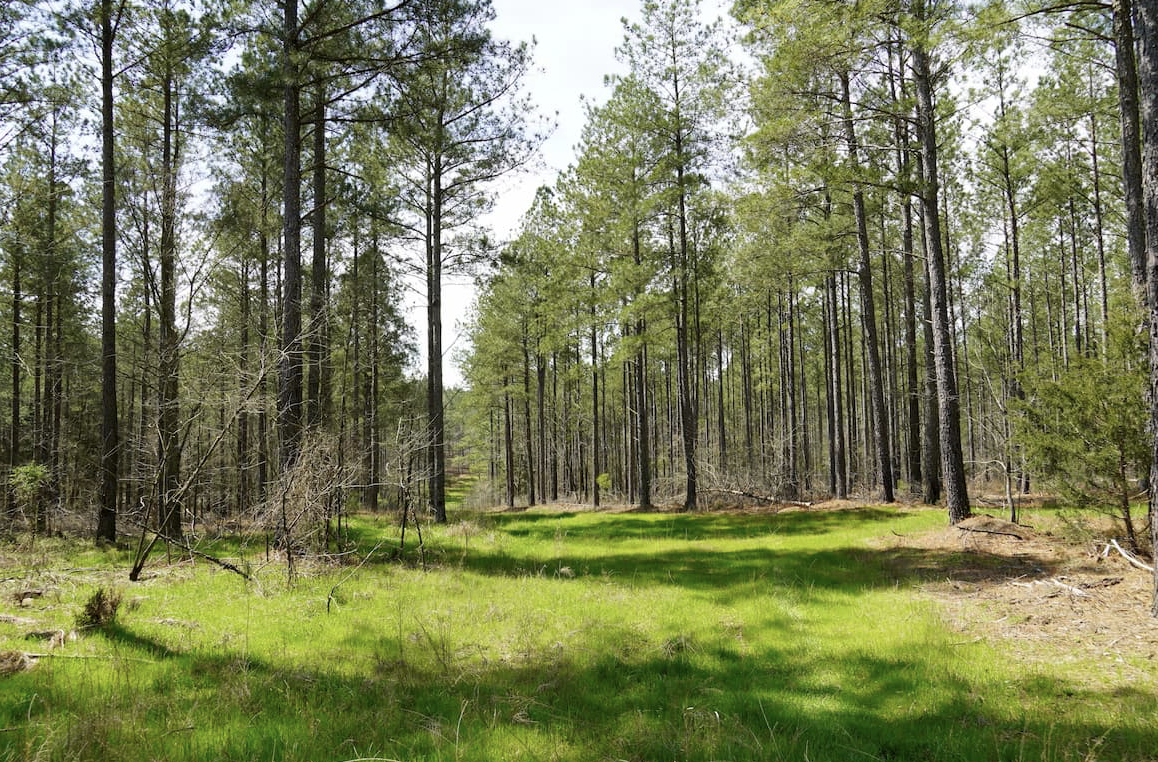
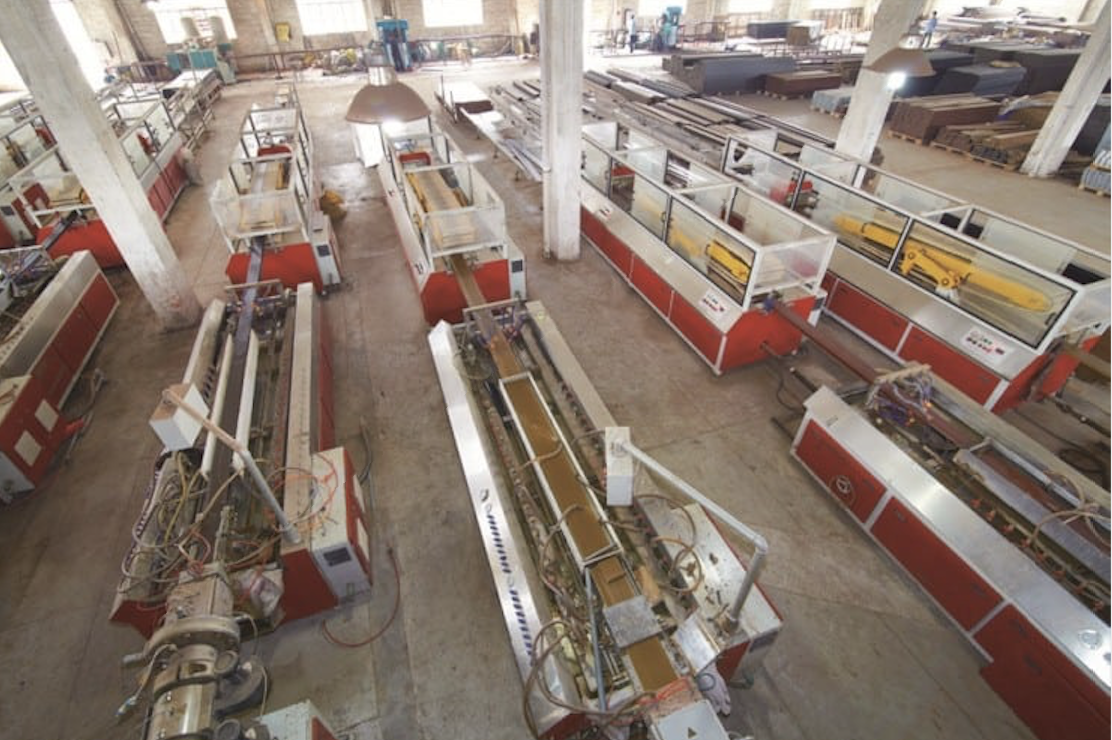
Aesthetic and feel
The aesthetic you achieve and the feeling that it gives your deck are important, after all, you will spend a lot of time on your deck. This is partly dependent on the colour you choose, but also the finish. Polished concrete or brushed aluminium both have strong industrial and post-modern vibes, for a softer feel wood and bamboo are great options. The right decking material can make or break the atmosphere of your new deck.
Indoor or outdoor
Whether your deck will be fully enclosed, partially enclosed, well covered or left exposed is an important consideration. PVC for instance should only be considered if it will be protected from direct UV. Wood can be exposed, but will benefit from at least partial protection. Aluminium and concrete can withstand the most punishment but can become hot in summer, and cold in winter and Aluminium can be a noisy option if not planned for.
Weather durability and suitability
For outdoor decks, the climate and whether your deck will face will be a significant factor in its lifespan. In hot areas with little rain, a wood deck will last a lot longer than it would in subtropical Queensland. Also, some decks are more prone to becoming slippery when wet or extremely hot in direct sunlight. Matching your choice of materials to the weather in your local area will make a big difference to the longevity of your deck and its enjoyability.
Maintenance
How often you need to clean, sand and recoat or retreat your deck is not a mundane consideration. Most decks should be pressure-washed every year or two at the least with some materials benefitting from additional attention. The 5 - 8 years between staining and oiling for wood and bamboo decks will feel like a never-ending cycle for some and putting it off will drastically shorten your deck’s life (though some modern oils claim to offer 10 years between treatments). For some, replacing all the PVC deck boards every 10-15 years may be preferable to arduous reconditioning requirements.
Deck shape and size
The benefit to bamboo and wood is that planks can vary in length a lot, this also means you can buy lengths close to what is required for the width of your deck (especially applicable to decks under 5.4m wide). This keeps costs down and reduces waste which is a win for you and the environment. For composite and synthetic products most are only offered in 5.4m or 6m lengths, this means that for any deck that doesn’t make use of the full length you will have offcuts, for larger decks you will have the same issue, deciding where to put end joins without interrupting the aesthetic of your deck will also lead to excess waste. For wood, bamboo and concrete these issues are much easier to plan around.
Cost
A big factor for many is the budget for home improvement projects. Using a material like PVC may afford you a much bigger deck than using high-end composite, but a large deck made from cheap materials may still be less enjoyable than a smaller deck made from good quality, long-lasting options.
Planned use and purpose
Choosing a material that can handle the amount of use you expect is critical. While vinyl is very hard-wearing, much like in kitchens and bathrooms, the area used most will show wear first and once the top protective layer is damaged the wear accelerates. This also applies if you have a dining setting and move chairs about on your deck, vinyl scratches can happen easier, look worse and shorten the lifespan more than with wood or concrete. Concrete and aluminium are usually the best choices for very high-use and high-traffic decks, this is why they are the go-to option for most commercial venues. But whatever your use case, match your material choice to your scenario to make sure you get the most value from your deck.
This applies to what you will put on your deck too, are you planning to have a barbecue, a dining setting and maybe even a spa pool on your deck? If this is the case, ensure the decking material that you choose can handle the load placed on top of it. If you expect to place something heavy, like a spa, on your deck then should consult a structural engineer to make sure your deck can take the load.
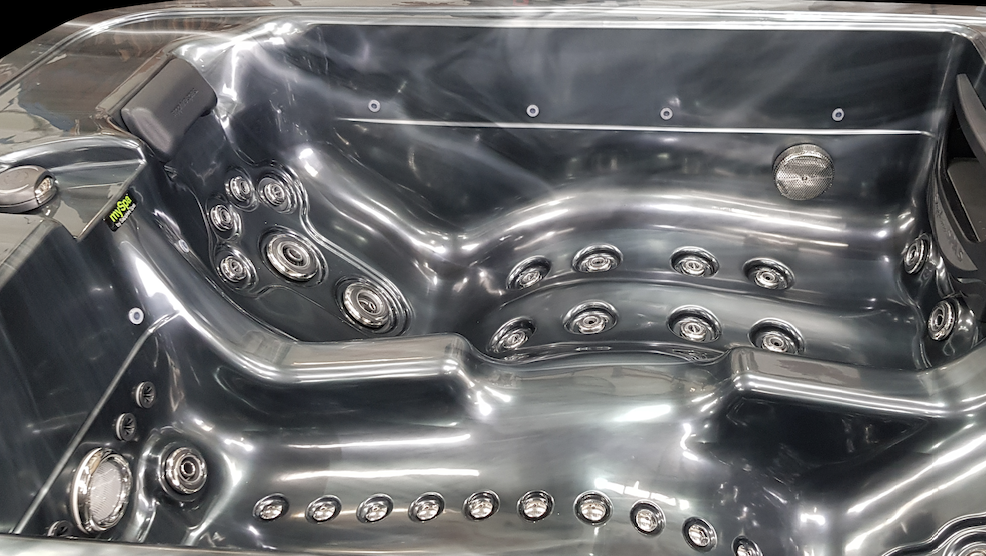
Conclusion
As discussed, there are many great material options to choose from and they come in a range of finishes and colours. Each is suitable for different uses and what is right for you depends on how you will use your deck. If you plan to create a whole outdoor entertainment area complete with a spa, take a look at the range of colours available from Sapphire Spas, this will help you to decide what deck will suit you best.
A popular choice when planning to have a spa on a deck is to build a concrete pad for the spa to sit on, at the deck height and built the deck around this. If you don’t want to build a separate pad an engineered wood or composite deck will usually be the best option for spas, but your engineer can help you with this decision. If you haven’t decided if a spa is right for your deck, Sapphire Spas retailer and take a look at the great range and ask for ideas and inspiration for your new deck design.
Some of our installs to give you inspiration for your own backyard

